TOP Camera Tripods

Introduction
TOP Camera Tripods In the world of photography, capturing stunning and steady shots is essential to create visually appealing images. A camera tripod is a versatile tool that every photographer should have in their kit. In this article, we will explore the significance of camera tripods and guide you on choosing the perfect support for your photography needs.
TOP Camera Tripods
Understanding the Importance of Camera Tripods
A camera tripod is a three-legged support system that keeps your camera steady during photography sessions. Whether you are a professional or a hobbyist, using a tripod can significantly improve the quality of your images. Tripods prevent camera shake, especially in low-light conditions or when using slow shutter speeds, resulting in sharp and clear photographs. Additionally, they allow photographers to compose shots with precision and explore creative angles that would be challenging to achieve when handholding the camera.
Types of Camera Tripods
Camera tripods come in various types, each designed to cater to specific photography needs. Let’s explore the most common types of tripods available in the market:
1. Tabletop Tripods
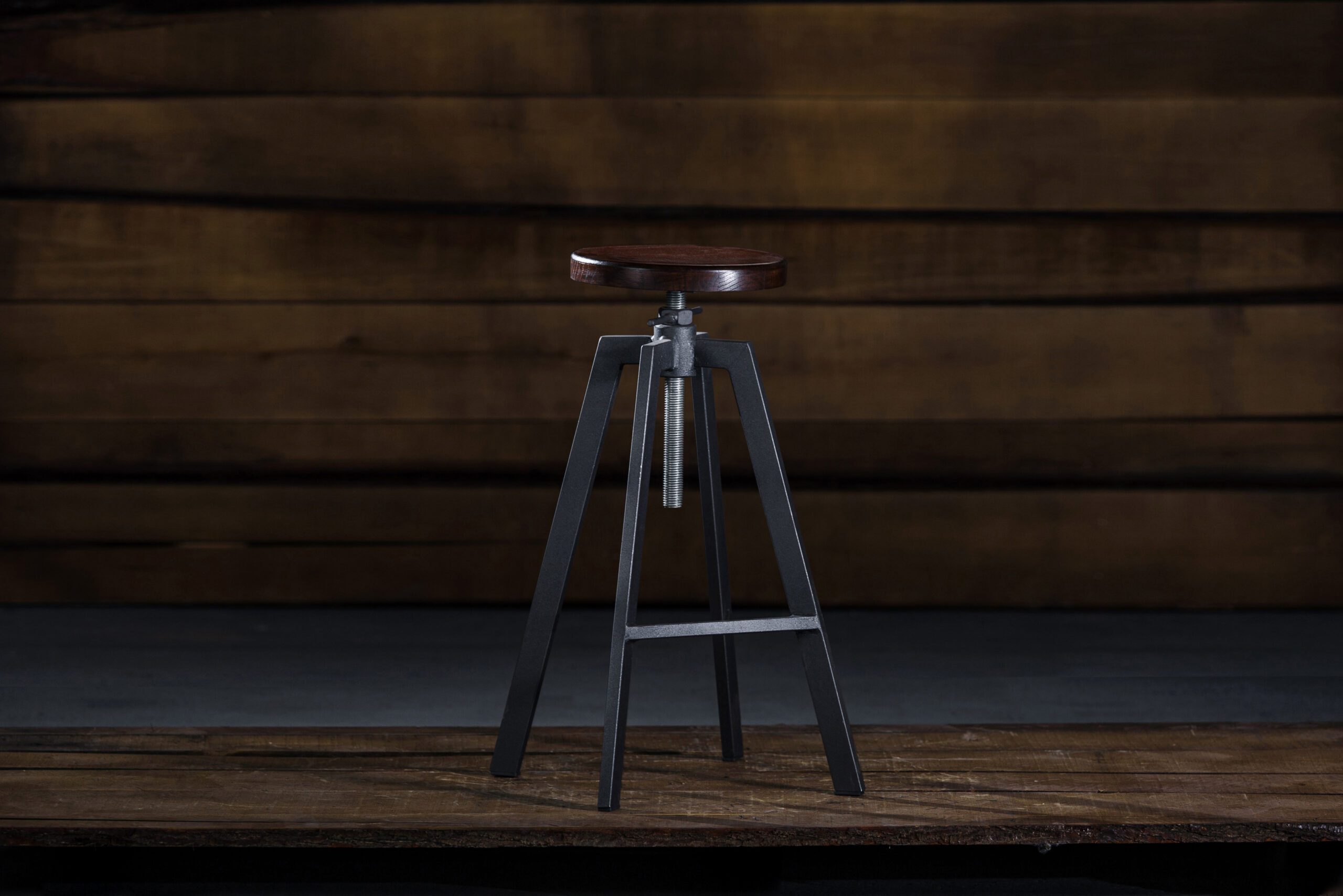
Tabletop tripods are the smallest and most portable options. They are ideal for compact cameras and smartphones, providing stability on flat surfaces like tables or rocks.
2. Compact Tripods
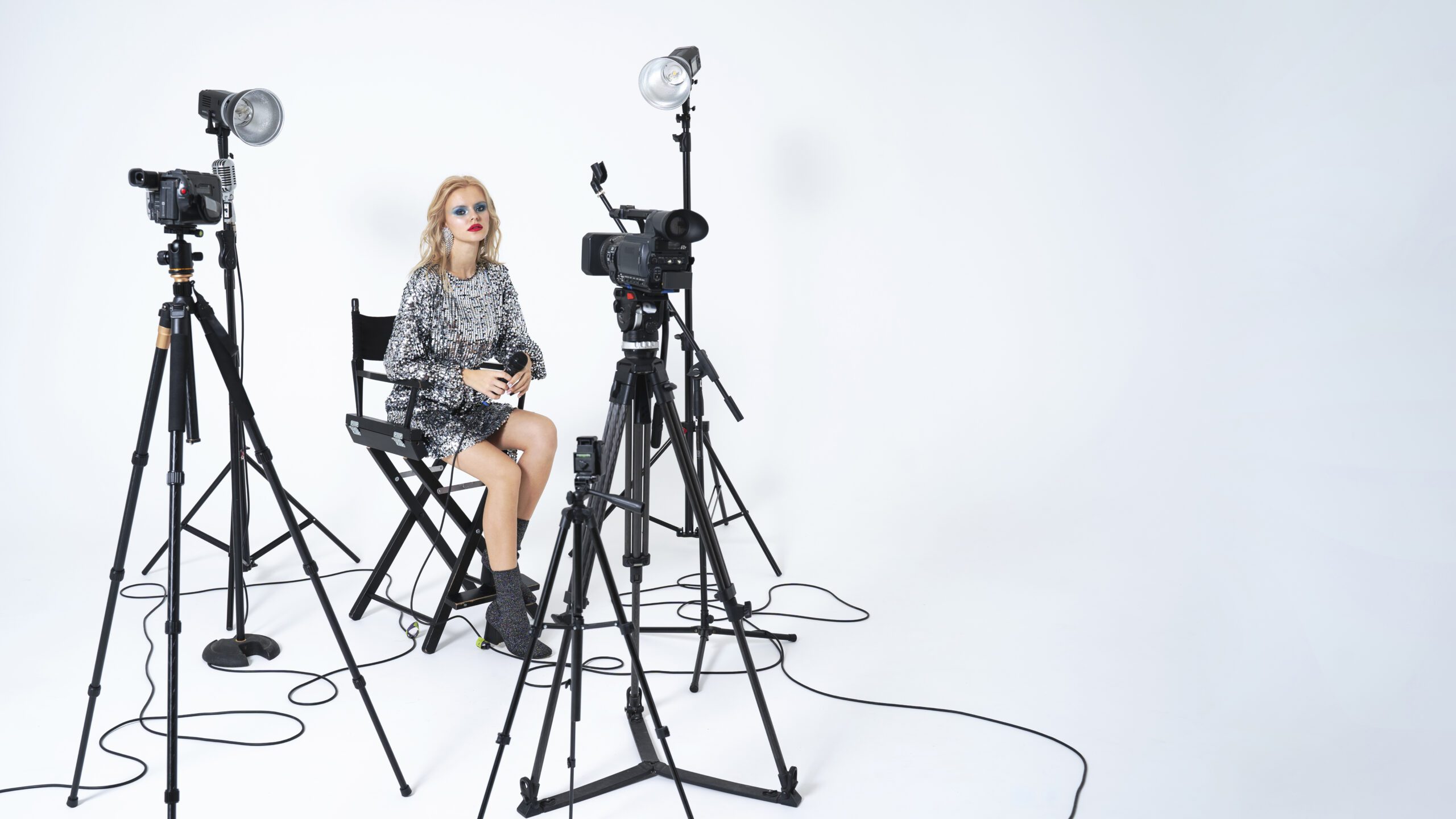
Compact tripods are portable and light in weight. They are suitable for entry-level DSLRs and mirrorless cameras, perfect for travelers and casual photographers.
3. Standard Tripods
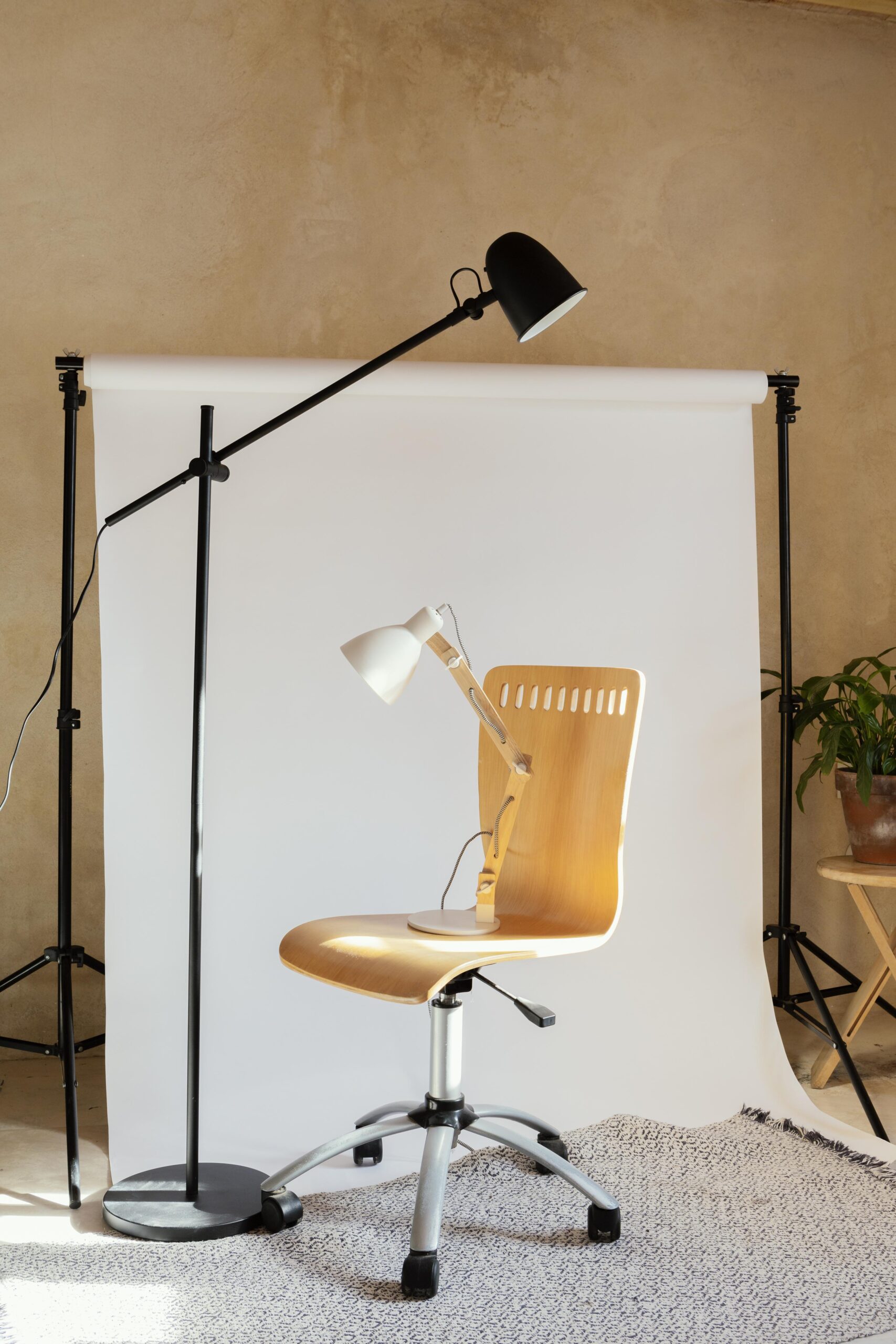
Standard tripods are the most commonly used tripods. They offer a balance between portability and stability, making them suitable for various photography genres.
4. Travel Tripods

For photographers who are on the go, there are travel tripods. They are compact when folded, making them convenient to transport, yet sturdy enough to support heavier camera setups.
5. Professional Tripods
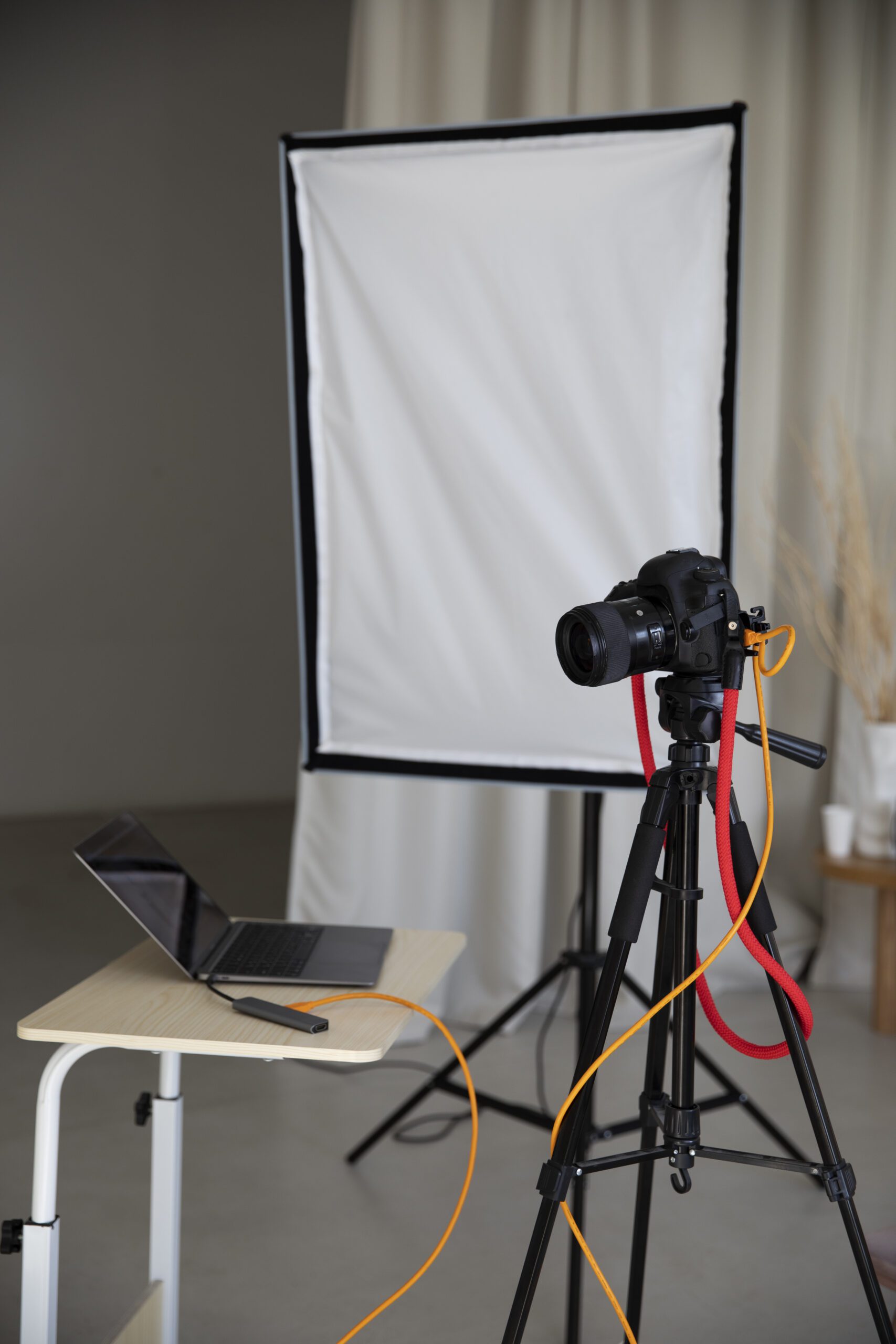
Professional tripods are heavy-duty and built to handle the weight of professional cameras and heavy lenses. They are essential for studio and commercial photography.
6. Flexible Tripods

Flexible tripods have bendable legs that can grip onto various surfaces, allowing for creative shots in unconventional locations.
7. Monopods
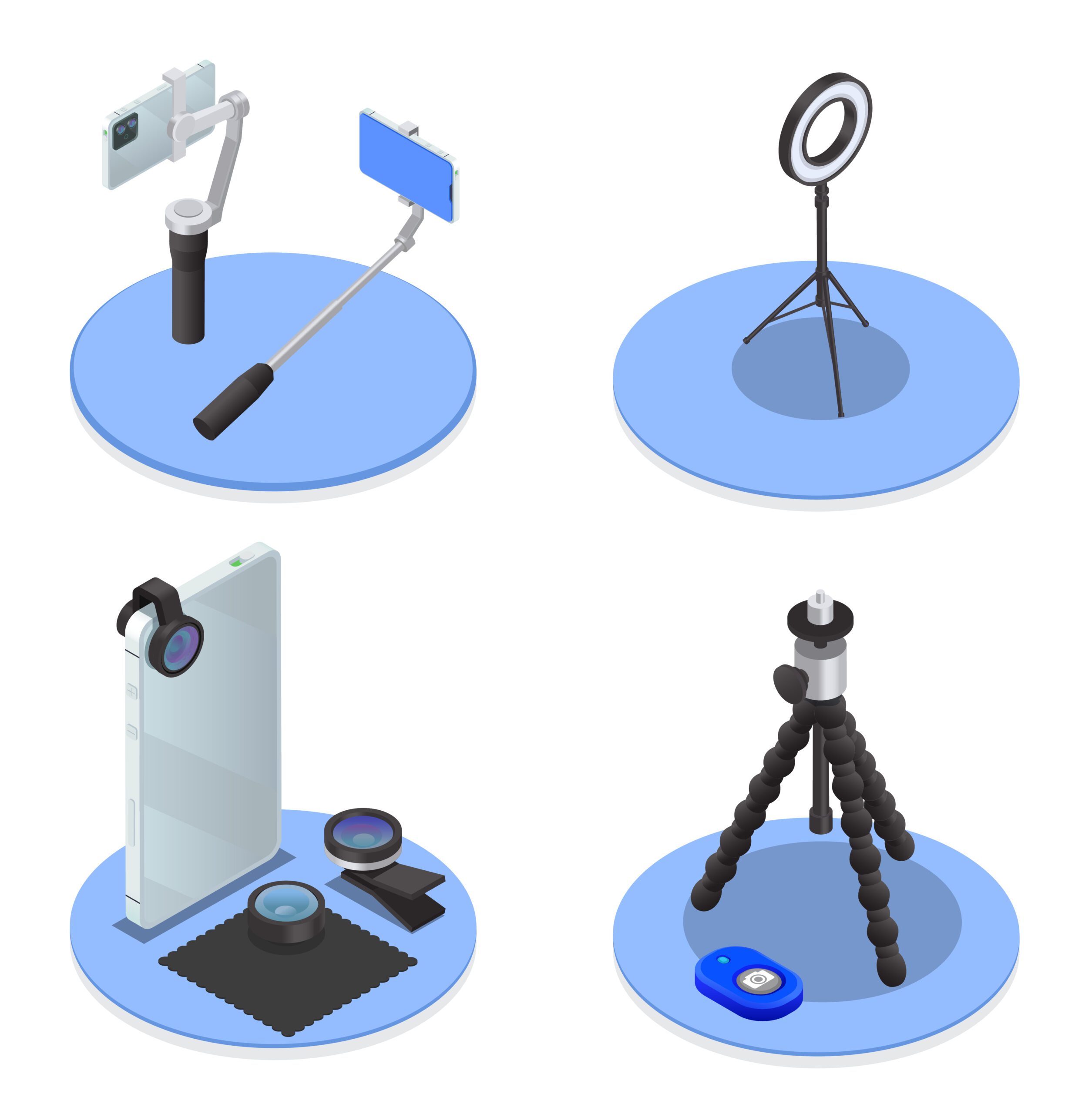
Monopods are single-legged supports that offer stability while allowing more mobility compared to traditional tripods. Sports and wildlife photographers like them a lot.
Factors to Consider When Choosing a Tripod
When selecting a tripod, several crucial factors need to be taken into account to ensure it meets your specific requirements:
1. Stability and Load Capacity
One of the primary purposes of a tripod is to provide stability. Consider the weight of your camera setup and choose a tripod that can comfortably support it.
2. Height and Weight
The tripod’s height and weight are essential factors to consider, especially if you plan to carry it for extended periods during outdoor shoots.
3. Material and Durability
Tripods are typically made from materials like aluminum, carbon fiber, or magnesium alloy. Each material has its advantages in terms of weight, strength, and durability.
4. Leg Locks and Sections
The number of leg sections and the type of leg locks play a role in how quickly and securely you can set up the tripod.
5. Head Type: Ball Heads vs. Pan-Tilt Heads
Tripod heads come in two main types: ball heads and pan-tilt heads. Understanding their differences can help you choose the one that suits your shooting style.
6. Additional Features: Bubble Level, Center Column, and Spikes
Some tripods come with extra features like bubble levels for precise leveling, center columns for added height, and spikes for stability on uneven terrain.
Understanding Tripod Heads: Ball Heads vs. Pan-Tilt Heads
The type of tripod head you choose can significantly impact your photography experience. Let’s explore the differences between ball heads and pan-tilt heads:
4.1. Ball Heads
Ball heads offer quick and intuitive movements, allowing you to adjust the camera in any direction with a single locking knob. They are ideal for photographers who require fast adjustments and freedom of movement.
4.2. Pan-Tilt Heads
Pan-tilt heads have separate controls for horizontal panning and vertical tilting. They provide precise control over camera movements, making them suitable for composition and landscape photography.
Setting Up Your Camera on a Tripod
Properly setting up your camera on a tripod is crucial to achieve steady and well-framed shots. For a stable setup, adhere to these steps:
5.1. Attaching the Camera to the Tripod
Use the camera’s tripod mount to secure it onto the tripod head. Ensure it is tightly attached to prevent any accidental falls.
5.2. Adjusting Height and Position
Adjust the tripod’s height and leg spread to achieve the desired composition. Ensure the tripod is on stable ground and not at risk of toppling over.
5.3. Ensuring Stability and Leveling
Use the bubble level (if available) to ensure the tripod is level. This helps in avoiding skewed horizons and unintended tilts in your photos.
Tips for Getting the Best Results with a Tripod
To make the most out of your tripod, consider these useful tips to enhance your photography:
6.1. Use a Remote Shutter Release or Timer
Using a remote shutter release or the camera’s built-in timer can minimize vibrations caused by manually pressing the shutter button.
6.2. Avoid Extending the Center Column
Extending the center column may compromise the tripod’s stability. Keep the center column as short as possible for maximum support.
6.3. Consider the Rule of Thirds
Utilize the rule of thirds for balanced and visually appealing compositions. Align key elements along the imaginary gridlines for better results.
6.4. Experiment with Different Angles
A tripod allows you to explore various angles that might be difficult to achieve while handholding the camera. Experiment with low-angle shots or creative perspectives.
6.5. Use Your Body as a Stabilizer
Even with a tripod, your body’s stability matters. Maintain a solid stance while shooting to minimize camera shake.
6.6. Beware of Vibrations
Avoid touching the camera or tripod unnecessarily during long exposures, as even slight vibrations can impact image sharpness.
Maintaining and Cleaning Your Tripod
A well-maintained tripod ensures longevity and reliable performance. Follow these maintenance tips:
7.1. Cleaning the Tripod Legs
Regularly clean the tripod legs, removing any dirt or debris that could affect the leg locks’ effectiveness.
7.2. Lubricating Moving Parts
Apply lubricant to the moving parts of the tripod, such as leg hinges, to ensure smooth operation.
7.3. Storing the Tripod Properly
Store the tripod in a dry and safe place to protect it from dust, moisture, and potential damage.
Advantages and Disadvantages of Using a Tripod
Let’s explore the pros and cons of incorporating a tripod into your photography workflow:
8.1. Advantages
- Increased Stability: Tripods eliminate camera shake, resulting in sharper images.
- Precise Composition: Tripods allow precise framing and composition.
- Long Exposures: Ideal for capturing long exposure shots with clarity.
- Consistency: Tripods help maintain consistency in framing and composition.
8.2. Disadvantages
- Bulk and Weight: Carrying a tripod can be cumbersome, especially during long hikes.
- Setup Time: Setting up a tripod takes time, which might not be suitable for fast-paced photography.
Choosing the Right Tripod for Different Types of Photography
Different photography genres have unique tripod requirements. Consider the following guidelines:
9.1. Landscape Photography
For landscape photography, opt for a sturdy tripod with good stability to capture sharp images even in windy conditions.
9.2. Portrait Photography
For portraits, a tripod with a pan-tilt head provides precise control over composition and framing.
9.3. Wildlife and Sports Photography
Monopods are excellent choices for wildlife and sports photography, as they offer mobility and stability.
9.4. Macro Photography
Flexible tripods allow you to get close to the ground and achieve unique angles in macro photography.
Budget-Friendly Tripod Options for Beginners
If you’re a beginner on a budget, consider these tripod options:
10.1. Brand Recommendations
Brands like Manfrotto, Vanguard, and MeFoto offer budget-friendly tripod options without compromising quality.
10.2. Online vs. Offline Purchases
Online platforms often offer better deals and a wider selection of tripods compared to brick-and-mortar stores.
The Future of Camera Tripods: Innovations and Trends
As technology advances, camera tripods are likely to undergo innovative changes. We might see features like smart stabilization and automated adjustments becoming more common.
Conclusion
A camera tripod is an indispensable tool for photographers, offering stability and creative possibilities. By choosing the right tripod that suits your photography needs and maintaining it well, you can elevate the quality of your images and explore new horizons in your photographic journey.
FAQs
- Q: What advantages come with using a tripod?
- A: Tripods provide stability, precise composition, and the ability to capture long exposure shots with clarity.
- Q: Are there different types of tripod heads available?
- A: Yes, tripod heads come in two main types: ball heads and pan-tilt heads, each offering unique benefits.
- Q: Can I use a tabletop tripod for my DSLR?
- A: Tabletop tripods are more suitable for compact cameras and smartphones. For DSLRs, consider using a standard or compact tripod.
- Q: How do I maintain my tripod for longevity?
- A: Regularly clean the legs, lubricate moving parts, and store the tripod in a dry and safe place.
- Q: Which tripod is best for landscape photography?
- A: Sturdy tripods with good stability are ideal for landscape photography to capture sharp images even in challenging conditions.
